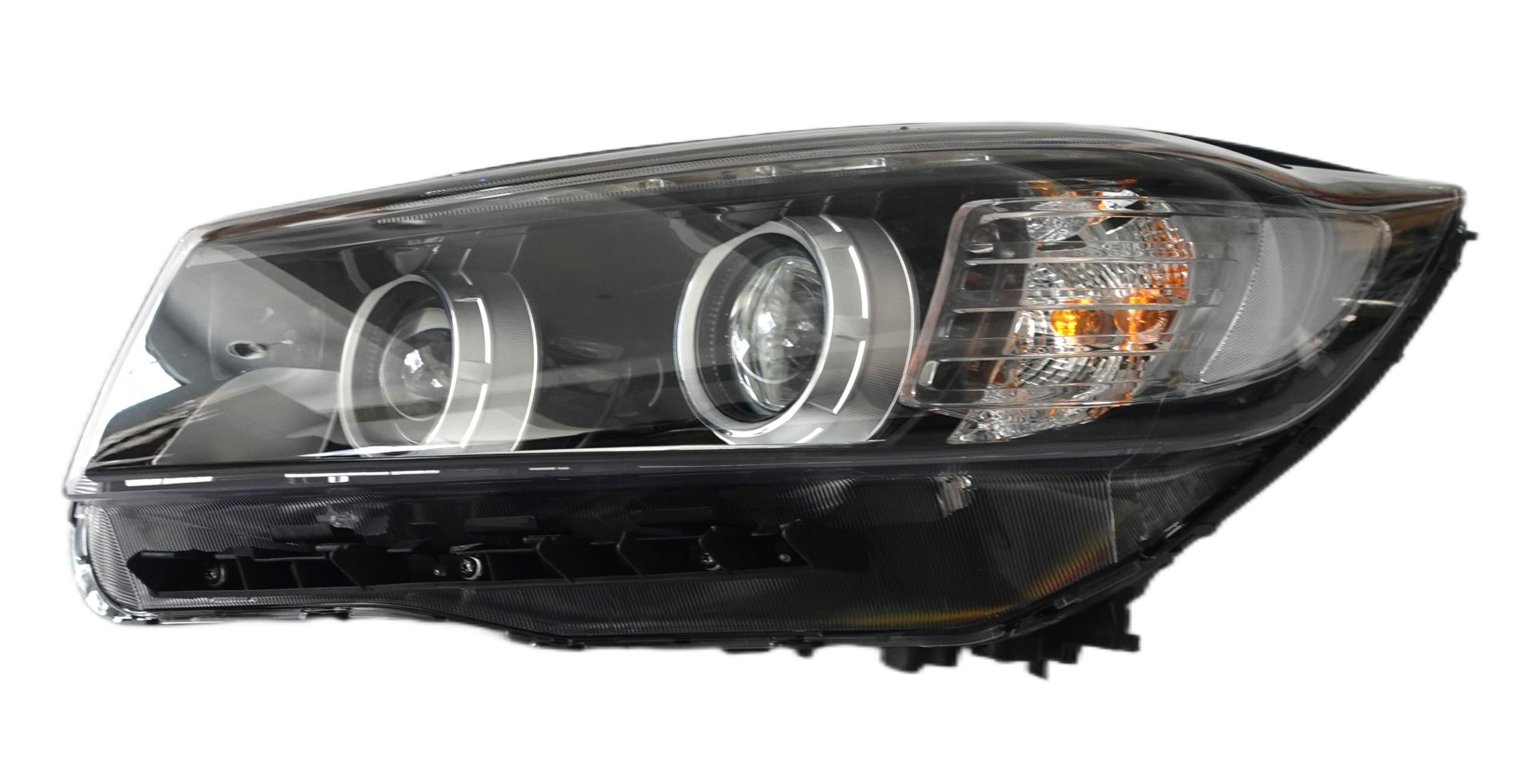Enhancing Nighttime Road Safety with Advanced Automotive Lighting
Navigating dark roads requires more than just basic visibility – it demands optimal illumination that keeps both drivers and pedestrians safe. Modern head lamps for night driving have evolved significantly from the basic halogen bulbs of yesteryear, incorporating cutting-edge technology that transforms the nocturnal driving experience. As we explore the latest innovations in automotive lighting, we'll discover how selecting the right head lamps can make a crucial difference in nighttime road safety.
Understanding Modern Headlight Technologies
Halogen Headlights: The Traditional Choice
Halogen headlights have long been the industry standard for head lamps for night driving. These lights use a tungsten filament heated by electrical current, producing a warm, yellowish light that penetrates darkness effectively. While they're cost-effective and easily replaceable, halogen bulbs consume more energy and produce more heat compared to newer alternatives. They typically last between 500 to 1,000 hours of use, making them a reliable but somewhat dated option.
LED Headlight Systems
Light Emitting Diode (LED) technology represents a significant leap forward in automotive lighting. LED head lamps for night driving offer numerous advantages, including longer lifespan, reduced energy consumption, and superior brightness. These lights can last up to 20,000 hours and produce a clean, white light that closely resembles natural daylight. Additionally, LED systems can be precisely controlled and shaped, allowing for adaptive lighting patterns that respond to different driving conditions.
High-Intensity Discharge (HID) Xenon Lights
HID xenon lights create illumination by generating an electric arc between two electrodes in a xenon-filled bulb. These head lamps for night driving produce an intense, bluish-white light that offers excellent visibility and penetration through darkness and adverse weather conditions. While more expensive than halogen options, HID lights typically last longer and provide superior illumination, making them a popular choice for luxury vehicles.
Advanced Features in Modern Headlight Systems
Adaptive Front-lighting Systems
Modern head lamps for night driving now incorporate sophisticated adaptive front-lighting systems that adjust to driving conditions. These smart systems can modify the direction and intensity of light based on steering input, vehicle speed, and road conditions. When approaching corners, the lights will swivel to illuminate the turning path, providing better visibility where it's needed most.
Matrix LED Technology
Matrix LED systems represent the cutting edge of head lamps for night driving. These advanced systems use multiple LED elements that can be individually controlled, allowing for selective dimming of specific areas while maintaining full brightness in others. This technology helps prevent glare for oncoming traffic while ensuring maximum visibility for the driver, essentially providing constant high-beam illumination without blinding other road users.
Automatic High Beam Control
Integrated sensors in modern headlight systems can detect oncoming vehicles and automatically switch between high and low beams. This smart feature ensures optimal illumination while preventing distraction to other drivers, making nighttime driving safer and more comfortable for everyone on the road.
Selecting the Right Headlights for Your Vehicle
Performance Considerations
When choosing head lamps for night driving, consider factors such as light output, beam pattern, and color temperature. Higher-quality lights typically offer better visibility and more uniform illumination. Look for options that provide good foreground lighting while maintaining sufficient distance visibility. The best systems will offer a balance between immediate road visibility and long-range illumination.
Installation and Maintenance Requirements
Different headlight technologies come with varying installation complexities and maintenance needs. While halogen bulbs are simple to replace, LED and HID systems often require professional installation. Consider the long-term maintenance costs and replacement intervals when selecting your head lamps for night driving. Higher initial costs might be offset by longer lifespan and reduced maintenance requirements.
Legal and Safety Compliance
Ensure any aftermarket head lamps for night driving comply with local regulations and safety standards. Many regions have specific requirements regarding headlight brightness, color temperature, and beam pattern. Non-compliant installations can result in fines and potentially compromise safety. Always verify that your chosen lighting system meets all applicable legal requirements.

Maintaining Optimal Headlight Performance
Regular Cleaning and Inspection
Maintaining clear, clean head lamps for night driving is crucial for optimal performance. Regular cleaning of headlight lenses prevents reduced light output due to dirt and oxidation. Inspect your headlights periodically for signs of yellowing or fogging, which can significantly impact light transmission and effectiveness.
Professional Alignment Services
Proper headlight alignment ensures maximum visibility while preventing glare for other drivers. Professional alignment services can optimize your head lamps for night driving, ensuring the beam pattern provides optimal road coverage without causing problems for oncoming traffic. Regular alignment checks should be part of your vehicle maintenance routine.
Frequently Asked Questions
How often should I replace my headlight bulbs?
Replacement intervals vary by technology type. Halogen bulbs typically need replacement every 500-1,000 hours, while LED systems can last 20,000 hours or more. It's recommended to replace bulbs in pairs to maintain consistent illumination.
Are premium headlight bulbs worth the investment?
Premium head lamps for night driving often provide better illumination, longer lifespan, and enhanced safety features. While they may cost more initially, the improved visibility and reduced replacement frequency can make them a worthwhile investment for regular night drivers.
Can I upgrade my existing headlights to LED or HID systems?
While conversions are possible, they must be done correctly to ensure safety and legal compliance. Many vehicles require specific modifications to accommodate different lighting technologies. Always consult with automotive lighting professionals for proper conversion recommendations.


